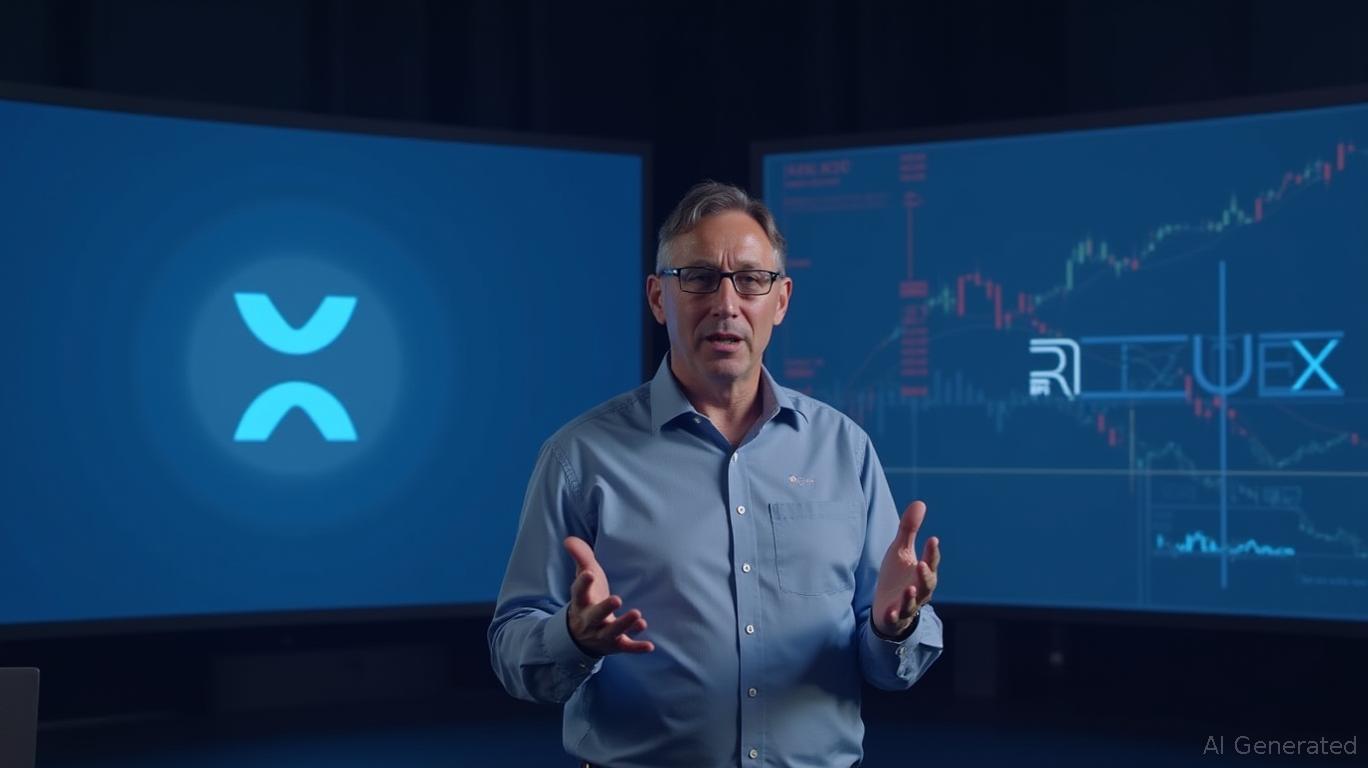XRP News Today: Ripple CTO Clarifies XRP's Role as Bridge Currency Amid RLUSD Launch
Ripple’s Chief Technology Officer, David Schwartz, has clarified that XRP will continue to function as a bridge currency, complementing rather than competing with other assets like RLUSD. This clarification comes in response to media narratives that often portray XRP and RLUSD as rivals. Schwartz’s comments highlight the strategic importance of XRP within the XRP Ledger (XRPL) ecosystem, where it drives liquidity, facilitates seamless decentralized finance (DeFi) operations, and maintains core functionalities that no other asset can replicate.
Ripple’s expansion into the stablecoin market with the launch of RLUSD in December was a calculated move to enhance the XRPL ecosystem. Schwartz explained that RLUSD is designed to work alongside XRP, not against it. The XRPL was built to support any asset, whether crypto or fiat, issued and traded on the decentralized exchange (DEX). This utility-centric approach is central to Ripple’s strategic positioning within the
landscape.One of the key features of the XRPL
is its auto-bridging mechanism, which uses XRP as an intermediary to facilitate trades between two assets. This means that when users trade assets on the ledger, XRP is natively employed to optimize routing and execution, regardless of whether those assets are fiat-backed, tokenized, or cryptocurrencies. This design allows for the dual functionality of XRP and RLUSD without requiring changes to the ledger’s structure or principles.Schwartz noted that bringing credible assets like RLUSD onto the DEX will drive trading volume, producing both direct and indirect benefits for users, developers, and applications. The stablecoin introduces fresh liquidity and market activity to the XRPL while reiterating XRP’s role as the operational bridge asset. Schwartz emphasized that XRP will continue to be used as a bridge currency, supporting a broad range of new applications while complementing the use of RLUSD.
The use cases for RLUSD and XRP are expected to diverge in practical terms. Ripple’s payment products will continue to rely on XRP for bridging currencies across jurisdictions, particularly in international settlements. RLUSD, on the other hand, is positioned to drive adoption in areas such as real-world asset (RWA) tokenization, foreign exchange markets, and enterprise use cases. Schwartz highlighted that RLUSD opens the door for on-chain applications that need stable value representation without sacrificing speed or scalability. Given the XRPL’s existing strengths, like low fees, fast settlement, and high throughput, RLUSD will stimulate innovation without displacing XRP’s core utility.
Ripple’s commitment to XRP's role as a bridge currency is further evidenced by its recent initiatives. The company plans to offer up to $200,000 in grants to Japanese startups building on the XRPL. This move is part of a broader strategy to foster innovation and adoption of XRP as a bridge asset in the global financial landscape. The initiative in Japan is particularly significant as it builds on existing blockchain-based remittance services that have been operational since 2021, utilizing XRP as a bridge currency.
The strategic importance of XRP is also highlighted by its potential role in the emerging BRICS alternative to traditional banking systems. As BRICS seeks to establish a new financial framework, XRP's utility as a bridge currency could position it as a pivotal player in this evolving landscape. This potential is further supported by the ongoing discussions around the CLARITY Act, which, if reviewed favorably by the US House Financial Services Committee, could accelerate initiatives to grant XRP commodity status.
Ripple's focus on XRP as a bridge currency is not just about technological innovation but also about addressing real-world financial challenges. By enabling faster, lower-cost, and more scalable cross-border transactions, XRP helps financial institutions avoid the need for pre-funded accounts, thereby freeing up capital and ensuring competitive exchange rates. This capability is particularly valuable in emerging markets, where traditional banking systems often fall short.
In summary, Ripple's CTO David Schwartz's statements, along with the company's strategic initiatives, underscore the continued importance of XRP as a bridge currency. This role is crucial for driving liquidity, facilitating DeFi, and maintaining the core functionalities of the XRPL ecosystem. As Ripple continues to push for broader adoption and integration of XRP, its potential to revolutionize global payments and financial services becomes increasingly evident.


Comments
No comments yet